Bengali Food Dishes: Basic Overview
Common Ingredients
Common Cooking Methods
Courses
Meals
Key Taste
Eating Etiquette
Meal Presentation
Culinary Festivals
Influence and Fusion
Bengali Food Dishes: Origin and Region
Cuisine
Cuisine’s Geographical Territory
Popular Types of Bengali Dishes
-
Curries
Bengali curries are a hallmark of the region’s cuisine, known for their subtle yet complex flavors.
These curries often incorporate a variety of vegetables and proteins, particularly fish, owing to Bengal’s rich riverine geography.
Key ingredients like mustard oil, turmeric, and a range of spices give these curries their distinctive taste and aroma.
-
Desserts
Desserts in Bengali cuisine are celebrated for their diversity and richness, often featuring milk, cream, and sugar as base ingredients.
These sweets range from syrupy delights like Rasgulla to creamy fermented dishes like Mishti Doi.
The use of chhena (a type of cheese) is also prominent, showcasing the skillful art of Bengali sweet-making.
-
Fried dishes
Fried dishes in Bengali cuisine are varied and cater to a range of tastes.
From crispy, batter-coated vegetables like beguni (fried eggplant) to deep-fried breads like luchi, these dishes are a testament to the Bengali penchant for textures and flavors.
These dishes are popular as snacks or accompaniments to main meals.
-
Rice dishes
Rice is a staple in Bengali cuisine, with the region’s dishes showcasing an array of styles and flavors.
Rice dishes in Bengal are often a blend of aromatic spices, vegetables, and sometimes meats.
The versatility of rice is evident, as it can be the star of a dish or a subtle accompaniment to curries and other entrees.
These rice dishes are not just daily fare but also feature prominently in festivals and special occasions.
-
Bread and doughs
Breads and dough-based foods in Bengali cuisine use of different flours, like maida for Luchi or the varied fillings for parathas.
These breads can be enjoyed with a variety of curries and dishes, or as a standalone snack.
Bengali dishes are culinary creations enjoyed widely in the East Indian states of West Bengal and Tripura, alongside Bangladesh.
While Bengal is famous for fish delicacies like machher jhol and shorshe ilish, many Bengali dishes are vegetarian-friendly, such as shukto, beguni, and chadachadi.
You’ll discover much information about each dish in this Bengali food list, including its origin, main components, serving suggestions, and varieties.
Afterward, I will closely examine how Bengali cuisine forms, including its unique ingredients. And Indian food lovers will love figuring out which differences lie between this Eastern Indian state and Indian foods.
Also, it will be wise for you to find some food and drink duos that work well in Bengali cooking.
28 Popular Bengali Dishes with Filters
Before discovering these dishes, don’t forget about the filter system that allows you to view the delicacies in alphabetical order, tastes, key ingredients, dish types, cooking techniques, and worldwide popularity.
Furthermore, let me introduce you to the common styles of culinary often available in Bengal, including the most popular, traditional, street food, and fusion options:
Shukto
- Traditional
Shukto is a traditional vegetable curry in Bengal using various veggies like bitter gourd, eggplant, plantain, potatoes, and sweet potatoes. Due to the bitter gourd, Shukto tastes slightly bitter.
The locals in the West Bengal state often serve Shukto with rice to reduce the bitterness. As part of the traditional thali (platter meal), Shukto usually appears in several social ceremonies, such as burials or weddings.
Shukto has countless variants. Dudh Shukto is among the popular ones, with additional milk to eliminate the bitter shukto flavor.
Beguni
- Street Food
Beguni is a traditional eggplant snack originating in Bengal. The locals slice the eggplants lengthwise and dip the eggplant pieces into a batter of besan (gram flour), salt, and turmeric. Then, the coated eggplant is deep-fried in oil until crunchy.
Besides being widely enjoyed as an iftar (a fast-breaking evening meal) in Bangladesh, beguni is also favored by native people in other Eastern Indian states, like Tripura or Assam.
Machher Jhol
- Traditional
Maccher Jhol has been a spicy fish curry in Bengal since ancient times. This spicy curry also appears in other regions with many native people, such as Bangladesh and Tripura.
Maccher Jhol consists of a gravy seasoned with garlic, ginger, onions, turmeric, and other Indian spices for its color and flavor. Local residents often add some tomatoes for a redder hue.
As for the fish, Maccher Jhol usually uses catla, ilishi, or rui fish. Since Maccher Jhol is quite fiery, this spicy fish curry goes well with rice.
Luchi
- Exotic
- Traditional
Luchi is a traditional deep-fried flatbread popular in West Bengal. As luchi is made with maida flour (Indian wheat flour), this deep-fried flatbread often appears in ekadashi (the eleventh lunar day) or other special occasions prohibiting eating rice.
During that time, luchi is eaten with aloor dum (potato curry). On the other hand, on regular days, luchi usually goes with kosha mangsho (mutton curry).
Shorshe Ilish
- Exotic
- Traditional
Shorshe ilish is a traditional fish dish native to Bengal. The locals usually use hilsa or Tenualosa ilisha fish to make the delicacy. Then, the fish is cooked in a gravy made with mustard, green chili, red chili powder, and optionally coriander or lime juice.
Shorshe ilish has another version called shorshe ilish bhapa, which steams the fish instead of cooking it in the gravy.
Chingri Malai Curry
- Traditional
Chingri malai curry is a prawn malai curry popular across Bengal. Also called malai chingri, this prawn malai curry uses 2 kinds of prawn: tiger and king, alongside coconut and Indian spices like posto seeds, sesame seeds, and turmeric powder.
Chingri malai curry usually appears as a guest dish during local celebrations, such as weddings. Lobster malai curry is great if you want a fancier version. Another variant worth mentioning is daab chingri, a prawn curry served in a green coconut shell.
Sandesh
- Traditional
Sandesh is a long-established Bengali dessert made with milk and sugar. Several sandesh versions replace milk with chhena or paneer (Indian cottage cheese).
Makha sandesh is the simplest version, only toasting chhena with sugar over a low flame. Still, the locals today often dry and press the cheese before cooking it to different textures for more complex sandesh.
Sandesh is sometimes added coconut or kheer, filled with syrup, or flavored with different fruits for more flavors.
Mishti Doi
- Traditional
Mishti doi is a traditional fermented sweet yogurt from Bengal. This fermented sweet yogurt starts by boiling milk until slightly thickened and sweetening it with jaggery (non-centrifugal cane sugar) or sugar.
Then, the cooked milk is left in an earthenware to ferment overnight. Mishti doi only gets a light seasoning with a dash of cardamom for aroma.
Unlike regular plain yogurt, this fermented sweet yogurt is well-loved in many Indian states like West Bengal, Tripura, Assam, and even Bangladesh, with variants from Nabadwip and Kolkata being the most popular.
Kosha Mangsho
- Traditional
Traditional mutton curry in Bengal is known as “kosha mangsho”. Since the locals make kosha mangsho in a kosha style (sautéeing and slow-cooking), Bengali mutton curry has less juice and more gravy than regular Indian mutton curries, and the mutton’s flavor is clearer.
Kosha mangsho’s predecessor is thought to be Mangsa Kashā (Odia mutton curry). Today, this mutton curry often appears in Kali Puja, a festival for the Kali Goddess.
Mughlai Paratha
- Fusion
- Street Food
Mughlai paratha is a traditional street food well-loved in Bengali. Mughlai paratha consists of a paratha flatbread stuffed with keema (spiced minced meat) and optionally eggs. Besides beef, some mughlai paratha use chicken or mutton for keema or skip the meat part.
Native people believe mughlai paratha originated in Bengal Subah during the Mughal Empire period as an equivalent of Gözleme (savory Turkish stuffed turnover).
Chomchom
- Traditional
Chomchom is a classic Bengali dessert made with cream, flour, milk, and sugar. Also called cham cham or chum chum, chomchom comes in various colors, with light pink, white, and light yellow as the main choices. Then, chomchom often gets a coating of coconut or mawa flakes.
Today, chomchom is vital to many festivals in this Eastern Indian state, such as the New Year holiday, Durga Puja (a Hindu festival for the Durga Goddess), and Pohela Boishakh (the Bengali calendar’s first day).
Chotpoti
- Street Food
Chotpoti is a well-loved Bengali street food, especially in urban areas, made with chickpeas, onions, and potatoes. Chotpoti has countless toppings, but the common ones are boiled eggs, diced chilies, coriander leaves, cumin, puri (deep-fried unleavened bread), and tamarind chutney.
Always served hot, chotpoti is both sour and spicy. Diners will tell the shopkeeper how spicy or sour they want for their chotpoti.
Jhalmuri
- Street Food
Jhalmuri is a puffed rice snack widely enjoyed in Bengali and Bangladeshi streets. This puffed rice snack often contains puffed rice mixed with Bombay mix, mustard oil, spices, and vegetables. Common vegetables for jhamuri are onions, potatoes, and tomatoes.
Misthi Pulao
- Traditional
Misthi pulao is a fragrant sweet rice dish in West Bengal. Misthi pulao often appears in ceremonies or marriages with Bengali mutton curry. While this sweet rice dish resembles Odia kanika, misthi pulao’s flavor is lighter.
Khichdi
- Traditional
Khichdi is a rice and lentil dish popular in Bengal under the name “khicuri”. Khicuri has numerous versions with different vegetables, but cauliflower, green peas, or potatoes are the most common choices. Several khicuri even use pearl millet or mung beans.
Kati Rolls
- Street Food
Kati rolls is a street food from Kolkata, West Bengal. Kati rolls originally consisted of a roasted kebab wrapped in a paratha flatbread. Today, kati rolls’ fillings have evolved a lot, as many local chefs use chicken, lamb, or mutton instead of traditional beef.
Besides the meat, kati rolls also contain egg, paneer cheese, or mixed vegetables in the stuffing. As for the sauce, coriander chutney is a regular option, but street vendors offer other optional sauces like lime juice or vinegar.
Kati rolls’ popularity has exceeded this Eastern Indian state. Many Indian take-out restaurants in Canada and the US also serve kati rolls.
Chadachadi
- Traditional
Chadachadi is a unique Bengali mixed vegetable dish. The vegetables like cauliflower, eggplant, French beans, potatoes, and spinach are briefly stir-fried and fried in oil and ghee for a char flavor. Native people originally made chadachadi with leftover vegetables on weekends.
Lavanga Latika
- Traditional
Lavanga latika is a traditional Bengali sweet with 3 main parts: the dough, filling, and sugar syrup. Lavanga latika dough is made with ghee, maida flour, and water. Then, a portion of filling using grated coconut, khoya (Indian milk solids), and sugar is placed on top of the dough.
Lavanga latika is folded and fried in hot ghee until crispy. Next, the locals place fried lavanga latika in sugar syrup for extra sweetness.
Ledikeni
- Traditional
Ledikeni, or Lady Kenny, is a dessert ball widely consumed in West Bengal. Lady Kenny balls are made with chhena cheese and flour and lightly fried until reddish brown. Then, ledikeni is soaked in sugar syrup before serving.
Ledikeni got its name after Lady Canning, the wife of the Indian Governor General, in the middle of the 19th century.
Rasgulla
- Traditional
Rasgulla is a syrup-filled ball dessert in West Bengal and Bangladesh. Here, rasgulla contains ball-shaped dumplings made of chhena dough. These chhena dumplings are cooked in a sugar syrup until the syrup soaks in thoroughly.
Due to an argument about rasgulla’s origin between Bengal and Odisha, the West Bengal government applied a geographical indication (GI) tag for Bengali rasgulla, also called Banglar rosogolla, in 2016.
Pantua
- Traditional
Pantua is a local traditional sweet in Bengal, containing balls made with chhena, milk, semolina, and sugar syrup and deep-fried until pale brown or nearly black. The locals sometimes add cardamom or rose water for more flavors.
Pantua is quite similar to gulab jamun, a traditional Indian sweet, so pantua is also called the Bengali gulab jamun.
Shemai
- Traditional
Shemai is a traditional vermicelli dessert in West Bengal. While shemai is mostly associated with Eid al-Fitr (Holiday of Breaking the Fast), the locals also eat this vermicelli dessert throughout the year.
Shemai combines roasted vermicelli with ghee, milk, spices, sugar, and other nuts. Other shemai versions add kheer or dried fruits.
Akhni
- Traditional
Akhni is a mixed rice dish made by the Bengali Muslims. Many consider akhni a variation of biryani or pilaf (pulao). Akhni is cooked by mixing rice with cooking oil, doi, meat, spices, and vegetables.
Beef, chicken, goat, or lamb is the common meat for akhni, while local residents use cumin, garam masala, and Indian bay leaf for the seasonings. As for vegetables, akhni often contains carrots, peas, plums, or potatoes.
Lyangcha
- Traditional
Lyangcha is a sweet originating from Bardhaman, West Bengal, with “langcha” as the local name. Lyangcha is traditionally made with khoya. But today, most vendors use flour and milk powder. Come to Burdwan, a West Bengali town, for the best lyangcha.
Flour and milk powder are mixed with soda and water into a dough and divided into cylindrical-shaped portions. These langcha pieces are fried and boiled in the sugar syrup. The last step is soaking lyangcha in cold sugar syrup for several hours.
Babarsa
- Traditional
Babarsa, or babarsha, is one of the oldest sweets in Bengal since it’s already 250 years old. Coming from the Khirpai area, babarsa is made to honor a trader who helped the locals defeat the Bargis.
Babarsa is a sweet ball using flour and ghee. The locals fry babarsa in ghee and keep it in a mold for a unique shape. Babarsa is traditionally covered with honey.
Pitha
- Traditional
Pitha is a crepe-like dessert popular in West Bengal, with “pithe” as its local name. Pithe is often made with coconut, jaggery, milk, and rice flour. Sweet syrup, like date molasses, is pitha’s common accompaniment.
Handesh (oil pitha) and Nunor Bora are the 2 most popular pithe. While several pitha varieties are available all year round in Bengal, local harvest festivals like Nabanna require special pitha.
Zarda
- Traditional
Zarda is an established boiled sweet rice dish in Bengal. Made with milk, saffron, and sugar, zarda often has almond, cardamon, pistachio, or raisin flavor. While this boiled sweet rice is mostly for special events like weddings, zarda also appears after a meal.
Iran and Turkey have 2 desserts similar to zarda: sholezard (saffron rice pudding) and zerde (rice pudding).
Ghugni
- Street Food
Ghugni is a chickpea or pea curry popular in West Bengal and other Eastern and Northeast Indian states. As the peas or chickpeas in ghugni differ according to the area, the locals make ghugni with dry white peas.
The peas are soaked overnight and boiled in water before cooking in a coconut gravy. Other seasonings include cilantro, cumin, garlic paste, ginger paste, and tamarind paste. Ghugni uses less oil, so the flavor is lighter and easier to eat.
What are the Characteristics of Bengali Dishes?
Overall, there are 4 key factors that make up the Bengali dishes, such as:
Which Unique Ingredients Does Bengali Cuisine Use?
Mustard oil is among the most distinctive ingredients in the Bengali food list. This oil is used both for cooking and as a flavoring agent, imparting a pungent, nutty taste to dishes like Jhalmuri.
Are Bengali Foods Spicy?
No, traditional Bengali cuisine is generally not overwhelmingly spicy, which contrasts several regional Indian cuisines well-known for their intense spiciness.
What Are The Differences Between Bengali And Indian Dishes?
There are 7 features that highlight the similarities between traditional foods in Bengal and India: flavor, ingredients, spiciness, desserts, cooking techniques, seafood, and dairy. The table below shows these 7 features in detail:
Bengali Dishes
Indian Dishes (General)
Overall, the distinctiveness of traditional Bengali foods lies in their nuanced flavors and specific staple ingredients, setting them apart from common dishes in India.
With that said, you should spend some time to find out the perfect pairings between the delicacies and refreshments of Bengali.
What Bengali Dishes to Pair with Beverages?
There’s no better way to take the flavor of these delicacies to a whole level than pairing them with refreshments of Bengal, giving you a round-up experience:
After reading, remember to comment below about your love and interest in Bengali cuisine. And make sure you hit the like button and share this Bengali food list with other food lovers around you.


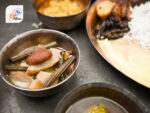
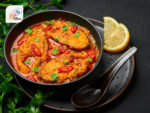
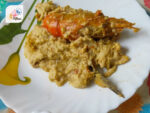
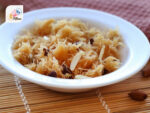
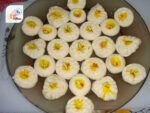
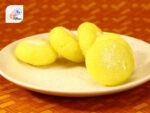
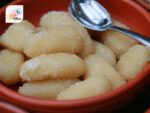
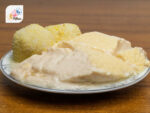



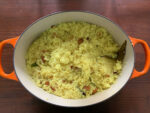
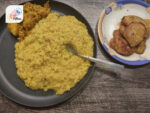
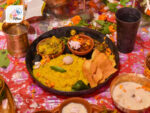
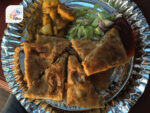
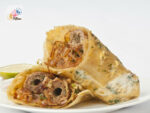
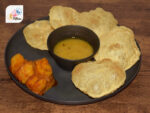
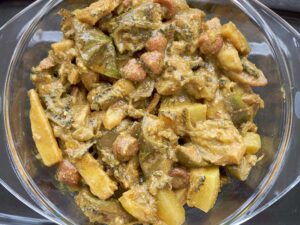
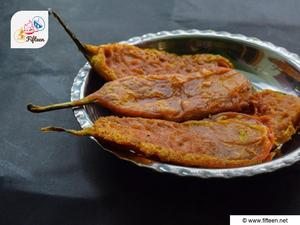
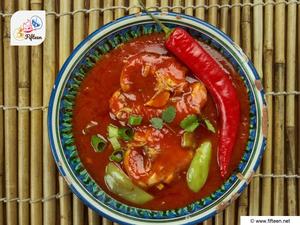
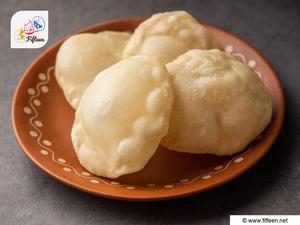
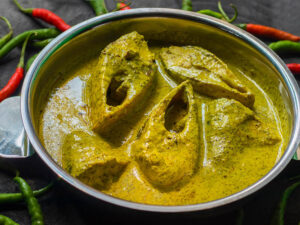
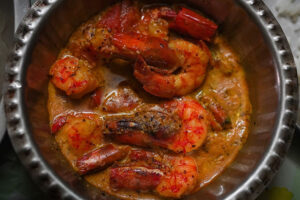
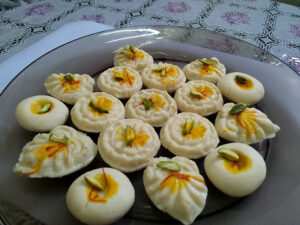
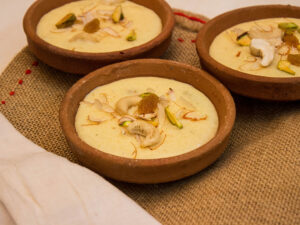
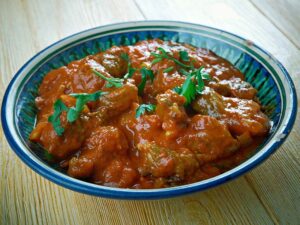
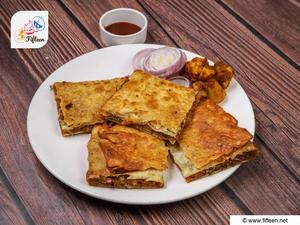
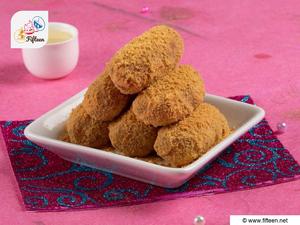
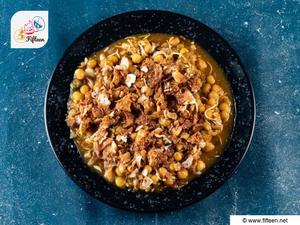
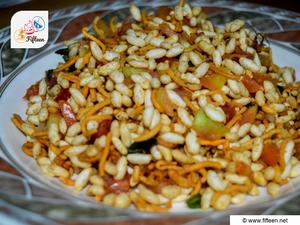
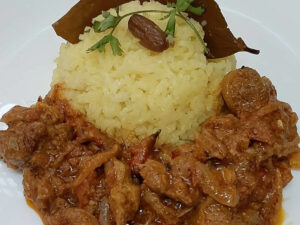
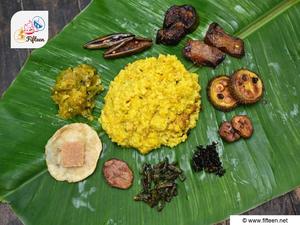
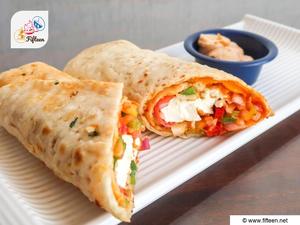
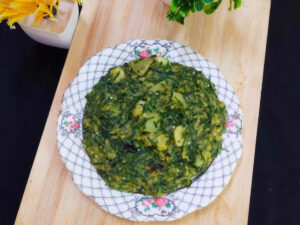
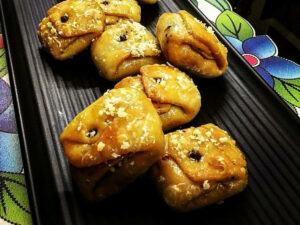
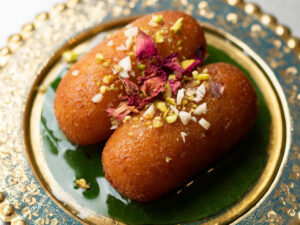
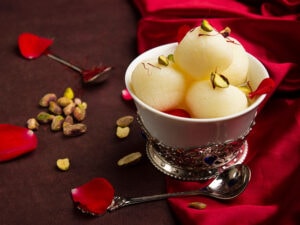
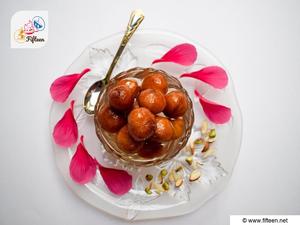
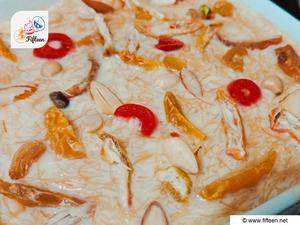
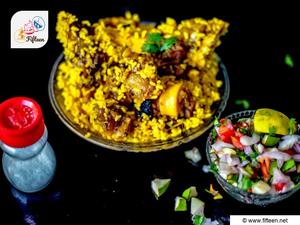
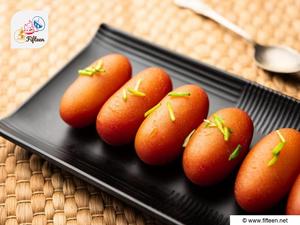
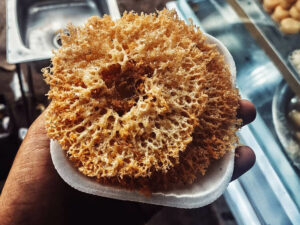
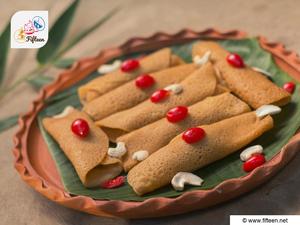
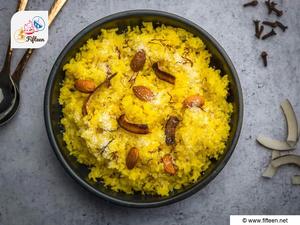
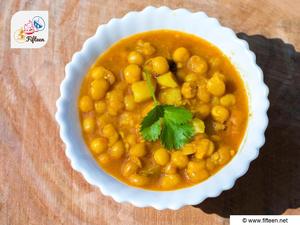
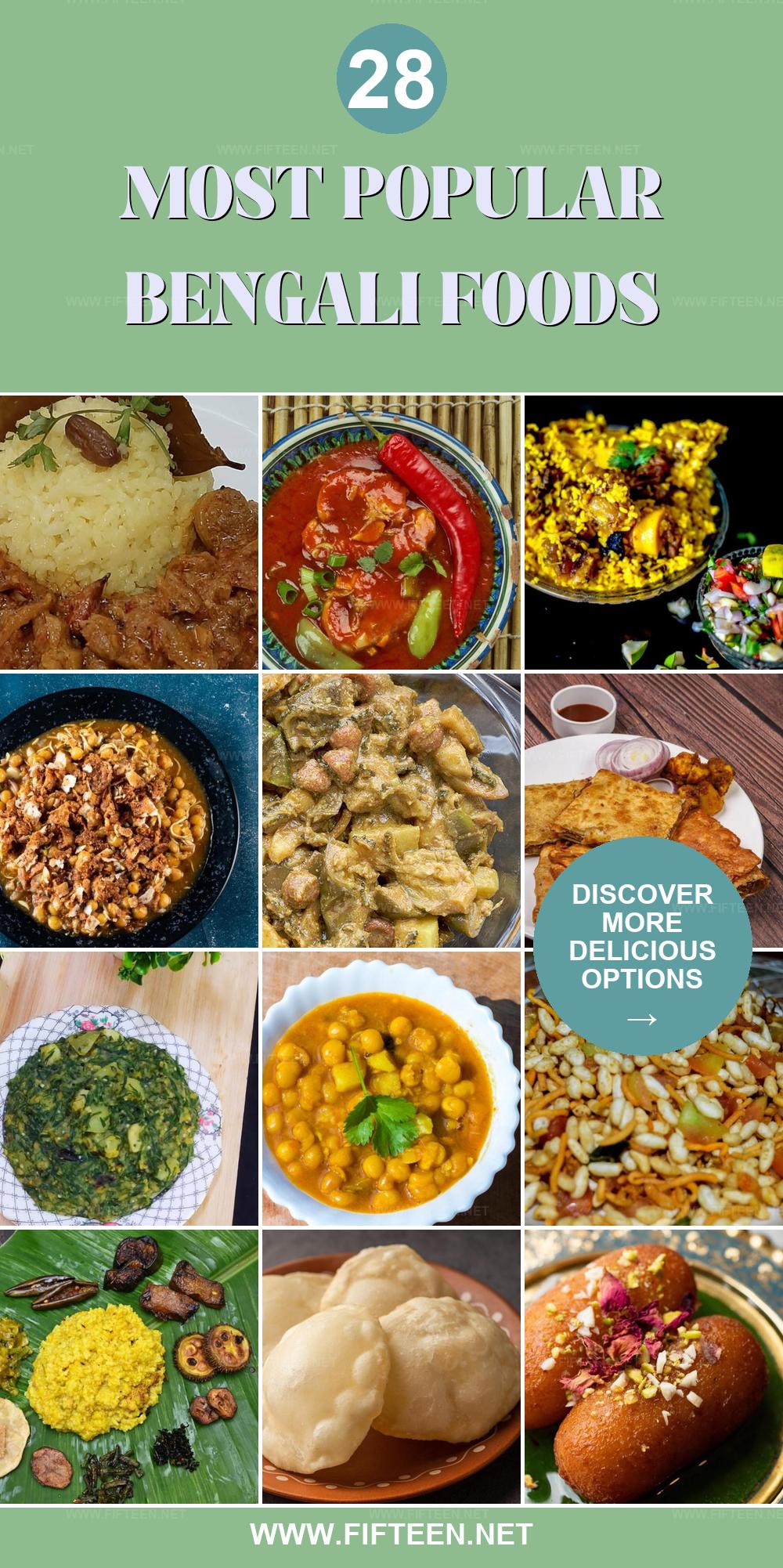
Jamie Scott
Editor in Chief, Senior Content Writer
Expertise
Home Cooking, Meal Planning, Recipe Development, Baking and Pastry, Food Editor, Cooking-video Maker, Western Food Evaluation Expert
Education
Le Cordon Bleu College of Culinary Arts
Local Community College, New York, NY
Jamie Scott is a skilled culinary expert and content creator specializing in Western cuisine. With over 15 years in the culinary field and formal training from Le Cordon Bleu, Paris, Jamie deeply understands how to blend nutrition with delicious flavors. His passion for cooking matches his commitment to making healthy eating accessible and enjoyable.
On Fifteen.net, Jamie brings a fresh perspective to classic dishes and beverages, offering readers insightful recipes, cooking tips, and a fresh view on meal planning that emphasizes taste, health, and simplicity.